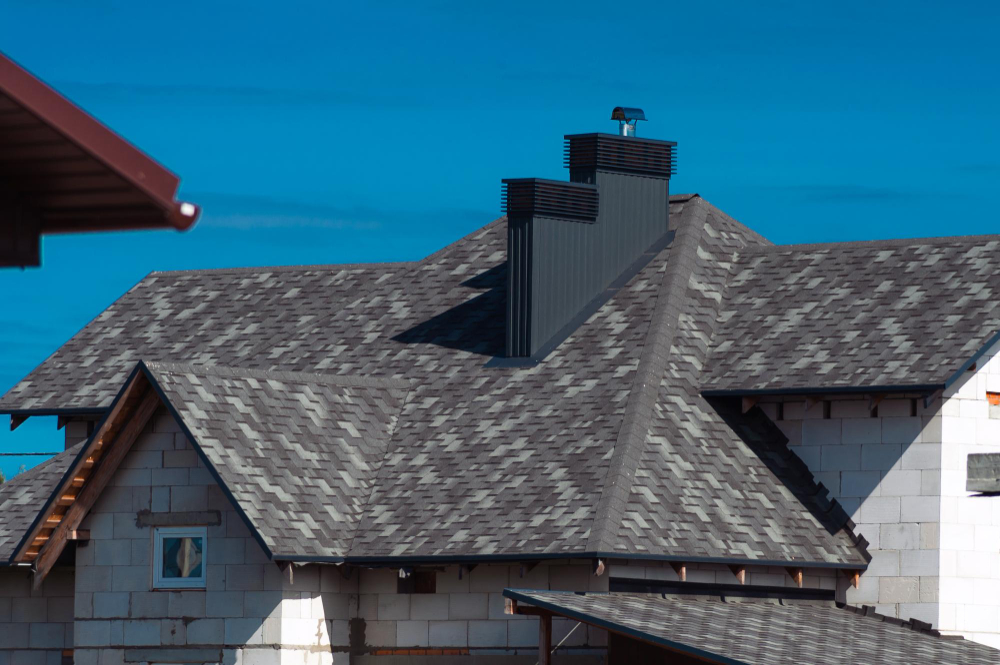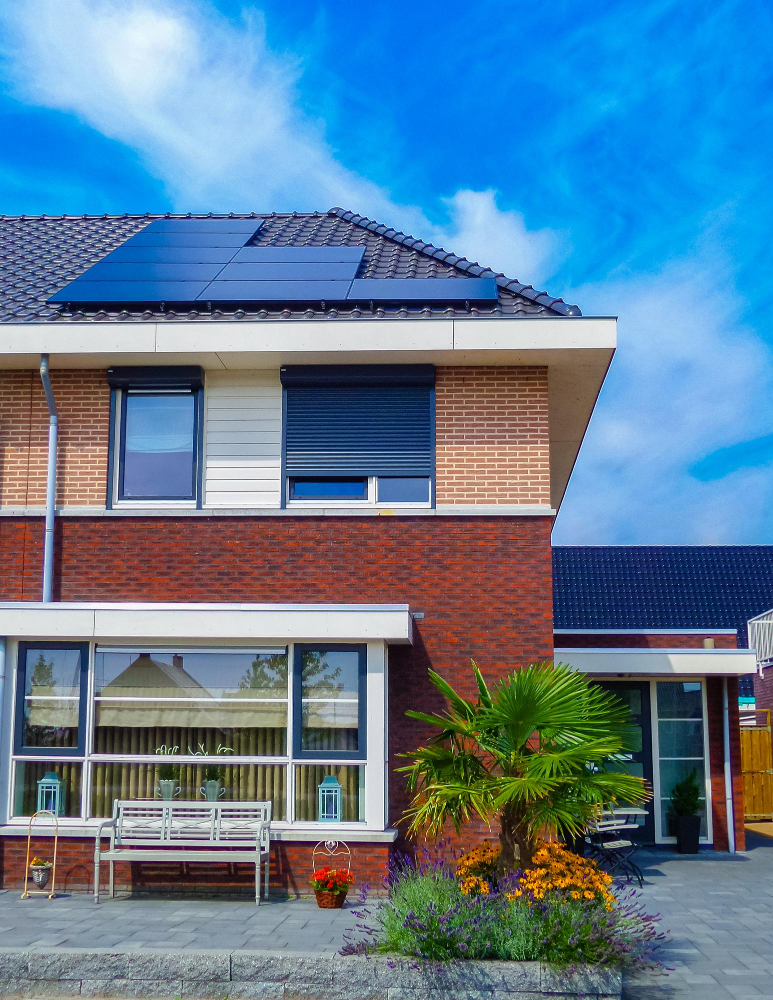Last updated on
It is becoming increasingly important to reduce our carbon footprint and make environmentally conscious choices in all aspects of life. And that includes the design and construction of our homes. With the right eco-friendly upgrades, you can not only save money on your energy bills but also contribute towards a healthier planet for future generations.
In this blog post, we will explore six sustainable home design upgrades that not only benefit the environment but also add value and style to your living space.
From energy-efficient appliances to natural building materials, these upgrades will not only make you feel good about your eco-friendly choices but also create a more comfortable and healthy home for you and your loved ones.
Long Lasting Roofing Materials

Choosing the right roofing materials is an important part of sustainable home design. Traditional asphalt shingles have a relatively short lifespan and require frequent replacement, which results in excessive waste and contributes to landfill pollution.
However, you can find ways to maximize the lifespan of a shingle roof, including proper installation and regular maintenance. Alternatively, you can opt for more sustainable roofing materials such as metal, clay, or concrete tiles, or even living roofs with vegetation.
Metal roofs are durable, energy-efficient, and recyclable. Clay and concrete tiles have a longer lifespan than asphalt shingles and can be made from natural materials.
Living roofs not only provide insulation but also absorb rainwater and reduce stormwater runoff. Investing in long-lasting roofing materials will not only benefit the environment but also save you money in the long run by reducing maintenance and replacement costs.
Energy-efficient Appliances
Replacing old appliances with newer, energy-efficient models is a simple yet effective way to reduce your home’s energy consumption and save money on utility bills. Look for appliances with the Energy Star label, which signifies that they meet strict energy-efficiency guidelines set by the U.S. Environmental Protection Agency (EPA).
These appliances use less energy than traditional models while still providing the same level of performance. From refrigerators and dishwashers to washing machines and HVAC systems, investing in energy-efficient appliances can make a significant impact on your home’s sustainability.
Solar Panels and Renewable Energy Sources

Installing solar panels is another great way to harness renewable energy and reduce your reliance on fossil fuels. These photovoltaic (PV) systems use sunlight to generate electricity, which you can use to power your home’s lighting, appliances, and other electrical needs.
Additionally, you can also consider installing a small wind turbine or micro-hydropower system if your property allows for it. These renewable energy sources not only reduce your carbon footprint but also help lower your electricity bills in the long run.
Low-flow Plumbing Fixtures
When it comes to sustainable home design, it is essential to look beyond energy consumption and also consider water usage. Low-flow plumbing fixtures, such as toilets, faucets, and showerheads, use less water without sacrificing performance.
Replacing old fixtures with newer low-flow options can significantly reduce your household’s water usage and save you money on water bills. Additionally, fixing any leaks or drips promptly can also help conserve water and prevent wastage.
Natural Building Materials
Using natural building materials is not only better for the environment but also creates a healthier living space. Materials such as bamboo, reclaimed wood, cork, and clay offer sustainable alternatives to traditional building materials like concrete and synthetic flooring.
These natural materials are renewable and have a lower carbon footprint, making them a great choice for sustainable home design. They also offer better insulation and improve indoor air quality by reducing the use of toxic chemicals often found in traditional building materials.
Smart Home Technology
Incorporating smart home technology into your sustainable home design can help reduce energy consumption and make your life more convenient. Smart thermostats, for example, can adjust the temperature in your home based on your schedule and preferences, saving energy when you are away.
Smart lighting systems can also be programmed to turn off when not in use or respond to natural light levels. Additionally, smart home security systems can monitor your energy usage and suggest ways to make your home more efficient. Investing in these technologies not only adds value to your home but also reduces your environmental impact.
By implementing these eco-friendly upgrades into your home design, you can create a more sustainable living space that benefits both the environment and your daily life. With the right choices, we can all contribute towards a healthier planet for future generations. So let us make our homes not just beautiful, but also environmentally friendly.
Table of Contents




